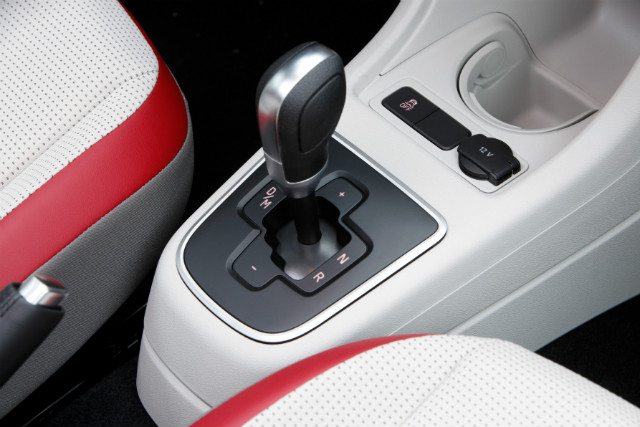For most cars, you’ll have to decide between either a manual or automatic transmission. But what are their differences and which should you buy? In this guide we’ll explain the strengths and weaknesses of both, and what sort of driver they suit best.
What is a transmission/gearbox?
To summarise, a transmission (or gearbox as it’s also referred to) is what transmits the power from an engine to the wheels.
Typically, transmissions will have multiple gear ratios which are used to manage the speed of a car. However, transmissions with just a single ratio do exist and are used for some of the electric cars currently on sale.
Manual transmission
As the name indicates, a manual transmission requires the driver to change between gears, using the gear stick and clutch pedal, as the car’s speed increases or decreases.
Advantages which manual gearboxes usually have over automatics include being cheaper to buy, more efficient, less polluting and easier to repair. Manual transmissions do, however, demand more effort from the driver. Practice and skill using a manual transmission is required to maximise a car’s performance and efficiency.
Automatic transmission

An automatic transmission can itself choose what gear the car should be in, without input from the driver. What gear it selects is based on the current speed the car is travelling at the time. Because of this, automatic transmissions do not have a clutch pedal and the gear stick is only used to select forward (or ‘Drive’), reverse, neutral and ‘Park’.
Compared to manuals, automatic transmissions are easier to use and require less effort. That’s especially welcome if your day-by-day driving involves a lot of slow-moving traffic.
Automatics can also deliver a smoother ride, but this depends on how well the transmission matches up to the car. If a particular model’s automatic gearbox is jerky or has an unwelcome habit of holding onto gears longer than necessary than you’ll be better off avoiding it.
We’d always recommend a test drive if you’re considering getting a car with an automatic ‘box, so you can check that you’re comfortable with how it behaves.
Some automatic transmissions have a setting which allows the driver to switch to manual gear changes using the gear stick or paddles on the steering wheel. These are sometimes referred to as a ‘semi-automatic transmission’ or, less formally, a ‘flappy-paddle’ gearbox if steering wheel shifters are involved.
On a further side note. If you learn to drive in an automatic car, you will only be qualified to drive cars with this particular transmission. Drivers that pass their driving test in a manual-driven car will be allowed to use either type of transmission.
Which should you choose?
If the car you are considering buying offers the choice of either a manual or automatic transmission, then what’s better for you really depends on how willing you are to be involved in the actual driving the car.
If you are both qualified and comfortable to use a manual gearbox then it makes sense to go with this option. Manual gearboxes will in many cases save you money on both the initial purchase and long-term running costs. With a manual transmission, you also have more control over how the car’s power is delivered.
However, some of the latest automatic gearboxes created by premium manufacturers will offer an extra gear ratio compared to the manual for the same engine, and this helps to deliver equal or greater efficiency comparatively.
If you want an overall less complicated and more relaxed driving experience, then an automatic transmission is more recommended.
